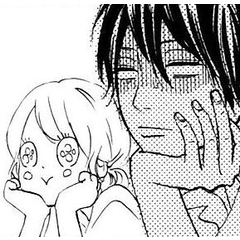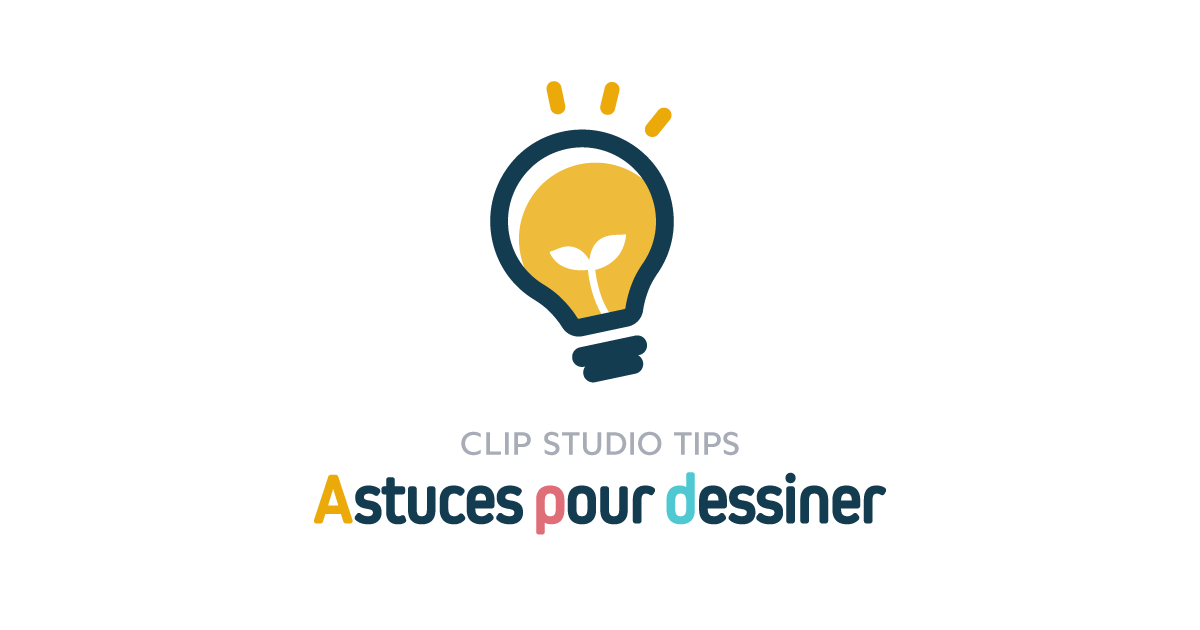GRADIENT MAP STARTER KIT TO THE NEXT LEVEL
Introduction
Before using gradient map, we need to make sure our artwork already have tone or value in it, and not only lineart. We need to at least color in grayscale to allow the gradient map to work. I will perform five demonstration on how to apply gradient map.
(I). Quick Coloring from grayscale
Here I have prepared my character in grayscale value. Let's start color it with simple brown monochrome color to create nostalgic effect using gradient map.
Two ways to apply gradient effect:
1. [Layer] > [New Correction Layer] > [Gradient Map]
2. Go to this three line in layer window > [New Correction Layer] > [Gradient Map]
At first, the gradient map window will appear in BnW color. You can change it using the set by double click the wanted gradient set or click this button named "Load to gradient bar"
You can also manually change the color you want by press the node (arrow) and go to the specified color to change it to your preferable color. The node work as bookmark to the chosen color in the gradient bar. To add another node in the bar, simply click on the wanted area below the gradient bar and pick the color you want. You can also slide the node to right or left to adjust the value. The left bar reads darker value while the right one read brighter value.
To delete node, click on the node you want to delete and click the trash logo below the bar. There is dropdown in the gradient set that categorized four set to choose from. There are "Somber Shade", "Sky", " Effect", and "Tool (read only)". You can figure out other botton by hover your cursor there (without cliking) to find out what is the use of the button. After finish editing, don't forget to click OK to apply the gradient map.
If it's hard to come up with color to put in the bar, I recommend to start by using the available set. You can further adjust it by adding or changing the color to your liking.
I will start by using the "Somber Shade (red)". This is the first appearance of the somber shade gradient.
Since it's still not like how I wanted, I will adjust it by deleting the grey color and change the color to more orange, so that it will have more nostalgic feeling. Here is the comparison between after and before the change of the gradient bar.
DONE! Simple steps to color character in monochrome palette. You can put more effect like adding texture to polish it further.
(II). Layering effect using gradient map
I will use this grayscale forest that I've paint beforehand. We will combine some gradient map by layering it to perform better result. I will use mixing rate curve to better the gradient apply to the art.
First, create the gradient map like previous step: [layer] > [New Correction Layer] > [Gradient Map]. As usual, I will start by using the provided gradient set which is <Somber Shade (green)>
Since I don't want the dark value to be color in grey, I will change it to dark green and put some additional color to enhance the forest color.
To bold some area more, I will adjust its mixing rate curve. First, select the node we want to edit the mix amount to its right color (note: not left). After we check the mixing rate curve box, first appearance will be like this.
In horizontal axis we have left node and right node, while in vertical axis we have right color and left color. Left node will be the color we choose to edit, while right node will be the right side of the color we choose.
To add node to the curve simply click on the curve and drag the node to the wanted area. To delete node simply drag the node towards outside of the curve, it will directly remove the unwanted node.
I want to adjust the first node (dark green) to stand out more to emphasize the shadow. I will make the second node (green) to absorb the first node (dark green) more. First, I delete the unnecessary node to redo the curve. Then, I lower the right node toward the left color. Remember to consider the outcome and not overdo it to avoid the color become stiff.
Here is the comparison before and after applying the mixing rate curve. Take a look at the changes in the darkest shadow.
Instead of using only green palette in forest, we can improve our artwork by layering other color using gradient map. Use the layer mask to hide and show some parts in different gradient map. To hide some areas in the layer mask, use eraser or airbrush with transparant color. To show the areas in the layer mask, you can use any brush to draw in it.
I want to add cool color as the shadow for the tree. From dropdown, I go to the sky set and pick "Blue Sky (dark)" gradient. I use normal blending mode with 50% opacity. Click OK to apply the gradient map
The pink (X) means I erase that areas in layer mask to hide it, while the yellow (V) means I apply the blue sky (dark) gradient set in that areas. This will create layering effect between the green gradient map we apply previously and this blue sky gradient.
Here is how it look like.
To go further, we can add some glow effect in the forest. Let's make it like sunset vibe.
From dropdown, I go to sky set and pick "Sunset (dark)" gradient. I use "Add (glow)" blending mode with 100% opacity. I erase the shadow area in layer mask.
Here is the final result! You can have fun experiment in utilizing the provided gradient set or create your own set ^^
(III). Color each and everything
To vary the color in your artwork, utilize layer mask to apply the gradient to specific area. This time, we will color each object or parts with different gradient.
To apply the gradient only on specific area, use selection tool to select the area first, then create the gradient map. It will automatically apply the gradient map only on selected area. Other way is to create the gradient map first, then just erase the unwanted area.
Firstly, I want to color the character's skin. So, I selected the character skin and then apply gradient map with skin color. Note: If you already have separated layer for skin, you could simply clip the gradient map to the skin layer without selecting it first.
Repeat this step for the hair, shirt, pants, background, etc. It can be quite challenging to arrange the gradient map for each part. It'll be easier for next time if you save the gradient map that you have arranged one you satisfied with. You can reuse it for other parts or other occasions. There are also many great external gradient set that you can download.
Here is the result! You can add texture to make it look prettier.
(IV). Combine different colors effect
Another trick to use gradient map is to combine two or more colors together. The main key is to use layer mask well. Create new gradient map and combine it with different gradient set to achieve many combination of colors in one pieces. You can also combine it with finished artwork to make a whole new different art ^^
Here I have my finished artwork which I've painted before. I think that it will be great if I make half the artwork to have nostalgic effect while her hair blow.
I create new gradient map using "Sunset (purple)" in the sky gradient set. Then, I erase all of the layer mask to hide the gradient map first.
I use "Cross Hatching" brush in the decoration sub-tool. Paint in the layer mask to show which area I want the gradient map to appear . Don't worry about the brush color because it will appear according to the gradient map color.
Here is the result!
(V). Color material or object with gradient map
To color object with many colors in it, we need to understand where the shadow and the light are and utilize the grayscale value to create many beautiful color combination.
You can try collecting the main color palette first and put the color in the bar. I put pink, purple, blue, baby blue, and white as the main color. I analyze which part of diamond's color I want to change the color. I located the color in the gradient bar and proceed to change the color to my desire.
Next, arrange the best position for the best outcome by experimenting in adding,deleting, and sliding the node to try which color fits the best.
For example, look at the baby blue color in the diamond and look at where it located in the bar. Think of what color of that area you want to put and replace the color in the bar. Since it is shadow area, I want to change it to more purple. Add the purple to the wanted area or Slide the purple node to that area in the bar. Repeat this step to achieve your desire gradient map.
It might take a while to get used to the bar. However, once you're familiar with it, you can boldly experiment in putting a lot of color in the bar
Here is my result after experimenting for a while. I try to create hologram color in the third diamond. I also reuse the green gradient set I use in tips number (II) where I color forest.
Application in Artwork
I reuse the previous purple gradient set. I modify the brightest value to orange pink to avoid overlapping with the background. I did not clip the gradient map. Thus, the gradient set reads and apply to all area in the artwork.
First, I erase everything on the layer mask. Then, I redraw the liquid in the layer mask to only show the gradient map in the liquid form.
Closing
That's all my tips and tricks to apply gradient map from starting level to challenging level. Don't be afraid to put random color and slide the node to create your desired gradient map. I hope this tutorial can be helpful for you guys ^^ Thankyou !
My social media: https://www.instagram.com/feliwinl/























Commentaire